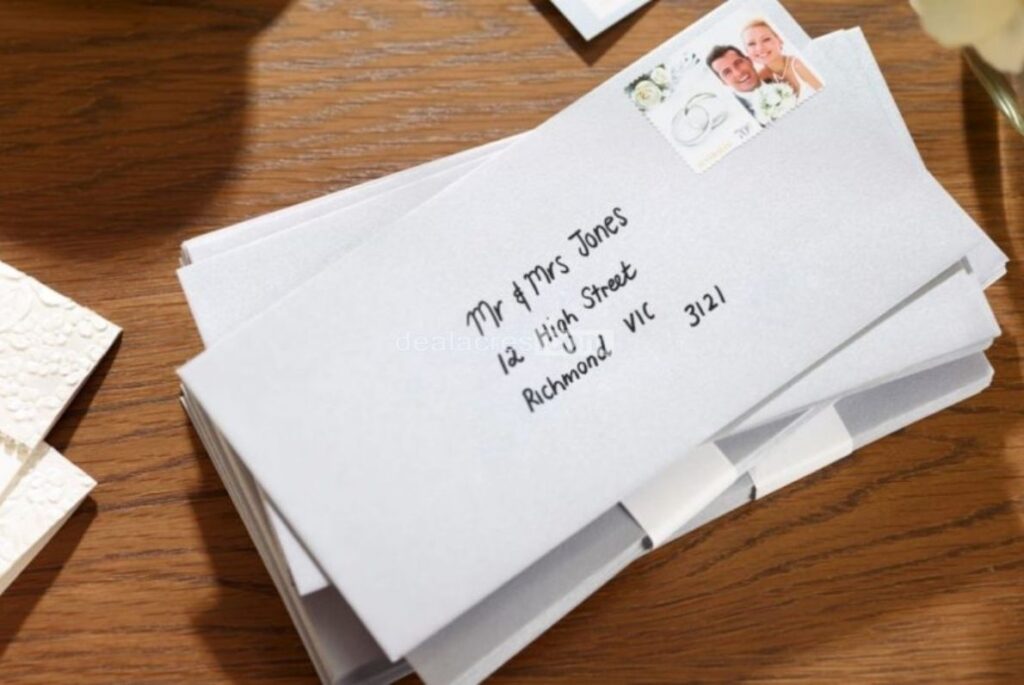Introduction:
Writing a recommendation letter may feel overwhelming, but don’t worry! It’s like having a powerful tool to support someone in their goals. Whether you’re recommending a friend from work, a coworker, or a student, this guide will make it easy. We’ll go through the steps together, breaking down the process into simple parts. In this journey, we’ll discover the nine important things to include in a recommendation letter, ensuring it shows the person’s best qualities and strengths.
Imagine you’re helping a friend pack for an exciting trip. You want to make sure they have everything they need to succeed. Similarly, a recommendation letter is like packing the right things for someone’s journey, but instead of clothes and snacks, it’s filled with words highlighting their skills and achievements.
In this guide, we’ll take each step slowly, making it feel like a walk in the park rather than a complicated task. By the end, you’ll have a letter that supports the person you’re recommending and shines a bright light on their abilities. So, let’s embark on this journey together and create a recommendation letter that opens doors for someone’s success!

- Addressing the Letter:
Start by addressing the letter correctly. Use a formal greeting, such as “To Whom It May Concern”, or the specific person’s name if you know it. A proper salutation sets a positive tone for the recommendation.
- Introduction:
Begin with a clear and concise introduction. State your relationship with the person you recommend and how long you’ve known them. Mention the context, such as working together, academic association, or any relevant connection.
- Describing Your Qualifications:
Briefly mention your qualifications or experience that makes you a suitable person to write the recommendation. This helps establish your credibility and why your opinion matters.
- Highlighting Strengths and Achievements:
The core of a recommendation letter is showcasing the individual’s strengths and achievements. Please provide specific examples of their skills, accomplishments, and positive qualities. Use concrete instances to illustrate their capabilities, such as successful projects, leadership roles, or academic achievements.
- Addressing Weaknesses (if applicable):
While emphasizing strengths, be honest about weaknesses or areas where the person could improve. This adds authenticity to your recommendation. However, frame weaknesses positively by discussing how the individual works to overcome them.

- Relating to the Position or Opportunity:
Tailor the recommendation to the specific position or opportunity the person is applying for. Highlight relevant skills and experiences that align with the requirements of the role. This shows that you’ve carefully considered their suitability for the particular opportunity.
- Providing Comparisons (if applicable):
If you have experience working with other individuals in similar roles, consider providing brief comparisons. This can give the reader a better understanding of the person’s unique strengths and contributions compared to others.

- Concluding on a Positive Note:
End the recommendation letter on a positive note. Reiterate your confidence in the individual’s abilities and express your belief that they are well-suited for the position or opportunity. Encourage the reader to contact you if they have any further questions.
- Closing:
Use a professional closing, such as “Sincerely” or “Best Regards,” followed by your full name and contact information. Make it easy for the reader to contact you for additional information.
Real-Life Example:
To illustrate these elements, let’s consider a real-life example. Suppose you’re recommending a colleague for a project manager position:
- Introduction: Start by introducing your colleague and your professional relationship.
- Highlighting Strengths: Provide examples of their strong organizational skills, leadership in previous projects, and effective communication.
- Addressing Weaknesses: Mention that while they tend to be meticulous, they are actively working on balancing attention to detail with broader project goals.
- Relating to the Position: Emphasize their experience with similar projects, showcasing their ability to lead a team and deliver successful outcomes.
Frequently Asked Questions:
Q1: How long should a recommendation letter be?
A: Aim for a concise letter, typically one page. Include enough details to be informative but avoid unnecessary length.
Q2: Can I refuse to write a recommendation letter?
A: Yes, if you cannot provide a positive and honest recommendation. It’s better to decline than write a lukewarm or negative letter.
Q3: Should I include personal information in the recommendation?
A: Generally, focus on professional qualities and achievements. If relevant, brief personal anecdotes demonstrating character can be included.
Q4: How should I send the recommendation letter?
A: If submitting electronically, follow the submission guidelines provided. If sending a hard copy, use professional formatting and ensure it reaches the recipient on time.
Conclusion:
In wrapping up, writing a good recommendation letter is like telling a story about why someone is awesome. You do this by discussing their strengths, giving real examples, and ensuring your writing fits the situation. Just follow these easy steps we discussed, and you’ll make a recommendation letter that helps the person you’re writing about. It’s like giving them a boost towards success!
Remember, your letter isn’t just a piece of paper; it’s a chance to show how amazing someone is. Following the simple tips we discussed and including those nine important things, your recommendation letter becomes a positive and memorable read. Whether it’s for a job, school, or anything else, your words can truly make a big impact on someone’s journey to success. So, take your time, be thoughtful, and know that your effort in writing a great recommendation can be a game-changer for someone’s future.



